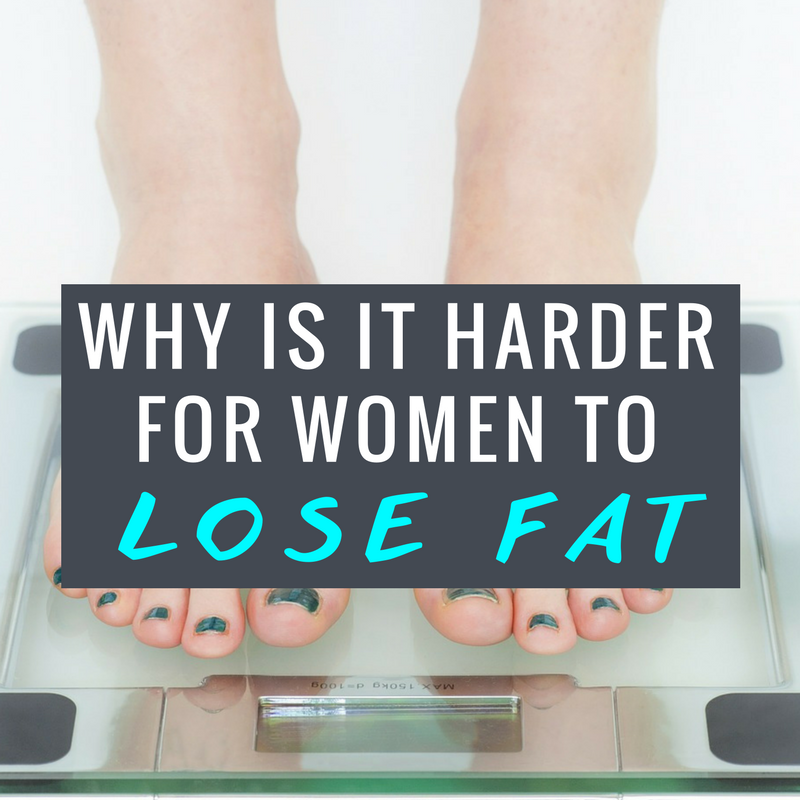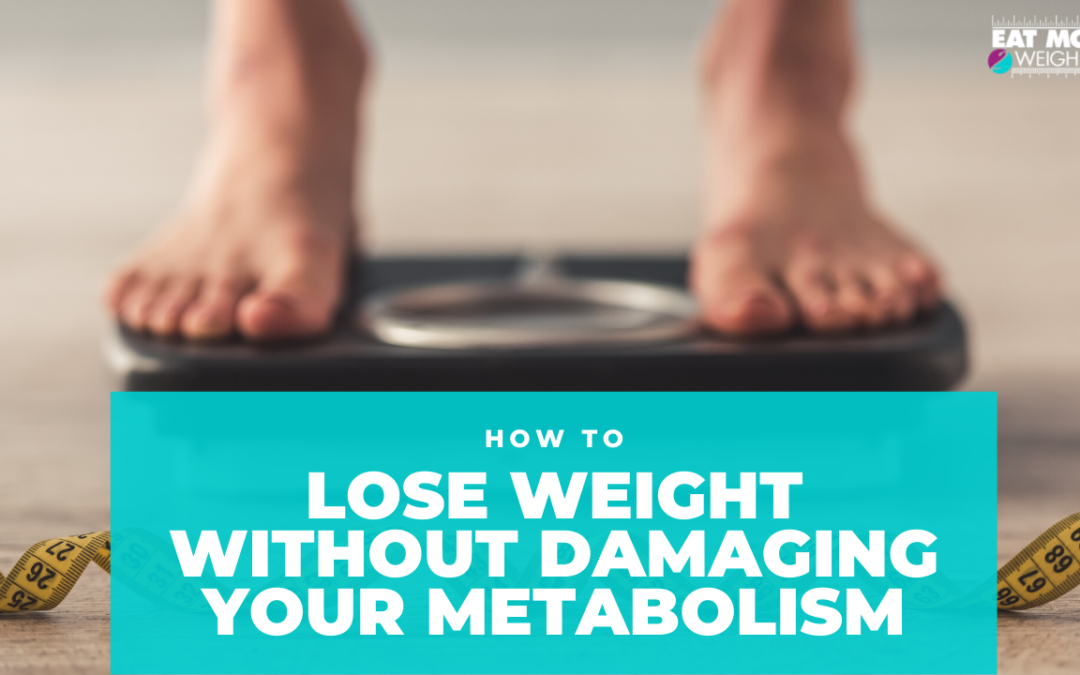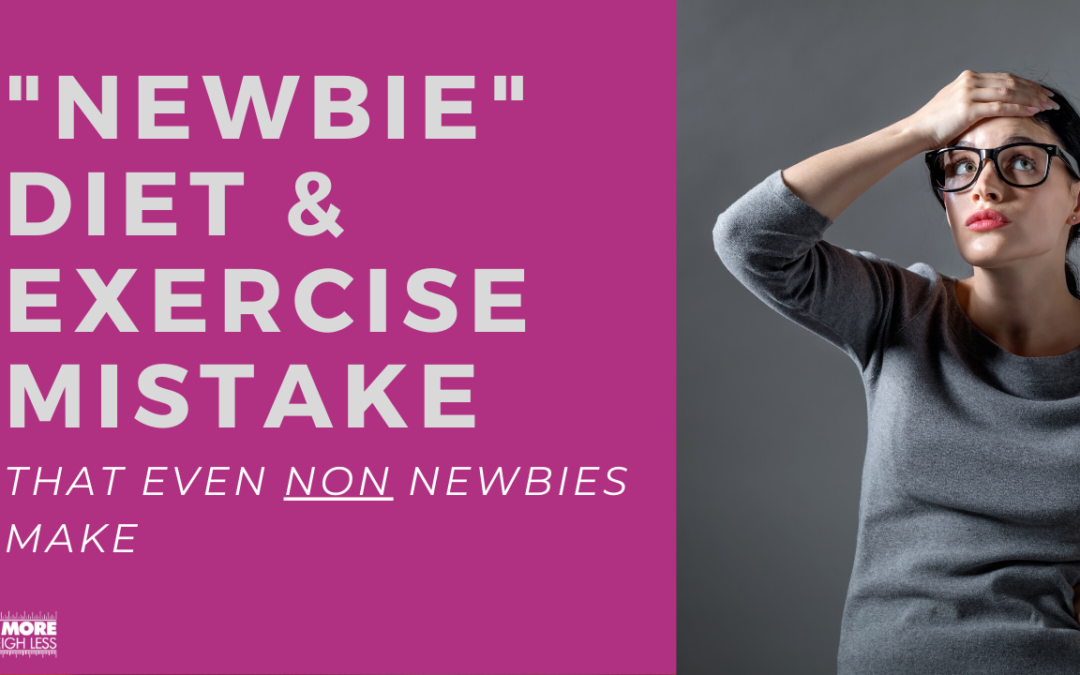
The Dieter’s Dilemma: Why You Can’t Stick to Your Diet
“I’ll start my diet again on Monday” (or the New Year)…
How many times have you heard — or even said — this very statement? Why do some people have no willpower, and are always “starting over?” Rewiring your brain and shedding old habits is a critical pillar of the Diet Rebel Method, and it’s incredibly important because most people keep repeating the same, outdated, self-sabotaging behaviors over and over (wasting years of their life, while actually gaining MORE weight over time), and that may be exactly what you’re doing right now.
If you find yourself regularly caving to free-for-all periods (weekends, Fall/Winter, etc.), followed by “back on the wagon” declarations, you may be making one (or more) of the 3 most common diet mentality mistakes:
#1 – Trying to be too perfect
The first mistake many people make is trying to be “too perfect” when it comes to their diets. This usually involves strict rules about what can and cannot be eaten, with little wiggle room for treats or indulgences. While this may seem like a good idea in theory, in practice it often leads to feelings of deprivation and frustration which can cause people to give up on their goals entirely. Instead of going for perfection, focus on progress instead. Aim for gradual changes that are sustainable over the long term rather than drastic ones that are difficult (or even impossible) to maintain indefinitely. Celebrate small wins along the way and allow yourself some flexibility when it comes to treats or special occasions – this will help keep you motivated and prevent burn-out or binges down the line.
#2 – Using willpower up in other places
Another common mistake is using up all your willpower in other areas of life, leaving none left for your diet. It can be easy to fall into an all-or-nothing mindset – either everything on your plate is healthy or none of it is – but this isn’t realistic (or healthy). When we use our willpower too much in other areas, we don’t have enough left over for our dieting efforts which can lead us down a spiral of unhealthy eating patterns. Every day brings with it new opportunities and challenges; learning how to prioritize self-care will help ensure that you have enough energy left over at the end of each day for taking care of yourself nutritionally as well as emotionally.
#3 – Making too many changes
Finally, one of the most common mistakes people make when trying to lose weight is making too many changes at once. This can leave us feeling overwhelmed and discouraged before we even start! Instead of attempting a total overhaul overnight, take things slow by introducing one change at a time until it becomes a habit before moving onto something else. Whether its adding more vegetables or drinking more water each day, making small incremental changes will help ensure that your new habits stick around long term (and won’t feel so overwhelming).
Making lasting lifestyle changes isn’t easy – especially when those changes involve something as personal as food choices – but by avoiding these three common mistakes you’ll be well on your way towards achieving lasting success with your weight loss journey! Remember, progress not perfection should always be your goal and focus on small steps rather than big leaps forward whenever possible – if you do that then success will eventually follow!
Good luck!







Recent Comments